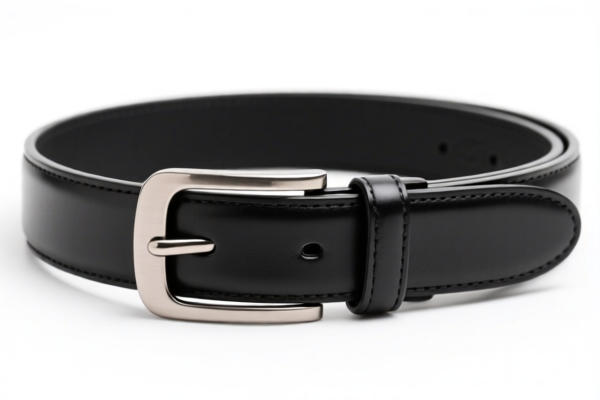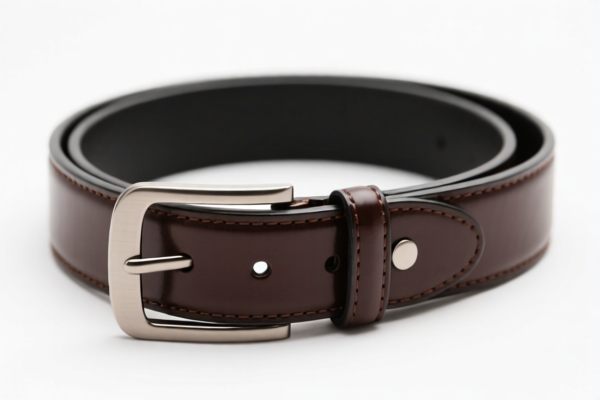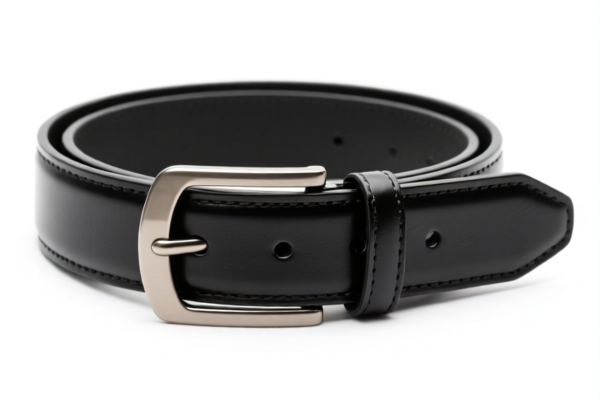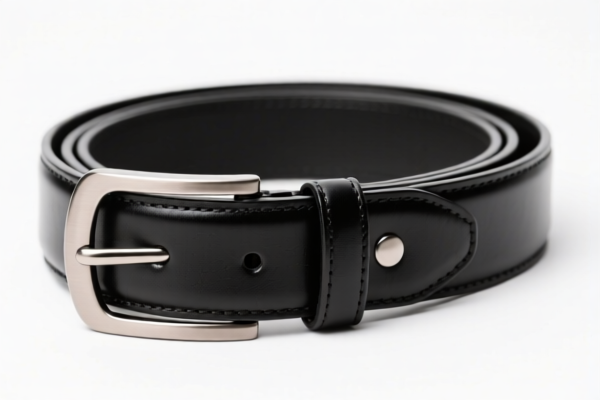| HS Code | Official Doc | Tariff Rate | Origin | Destination | Effective Date |
|---|---|---|---|---|---|
| 4205000500 | Doc | 57.9% | CN | US | 2025-05-12 |
| 4205000500 | Doc | 57.9% | CN | US | 2025-05-12 |
| 4202929100 | Doc | 72.6% | CN | US | 2025-05-12 |
| 4202929336 | Doc | 72.6% | CN | US | 2025-05-12 |
| 6114909070 | Doc | 35.6% | CN | US | 2025-05-12 |




Tool Belt
A tool belt is a specialized belt worn by tradespeople and DIY enthusiasts to carry tools. It enhances efficiency and accessibility by holding tools close at hand, reducing the need to repeatedly set tools down and retrieve them.
Materials
Tool belts are constructed from a variety of materials, each offering different properties:
- Leather: Traditionally the most common material, leather is durable, flexible, and molds to the wearer's body over time. It provides excellent protection and longevity, though it requires occasional conditioning.
- Nylon: A lighter and more affordable option, nylon is water-resistant and easy to clean. It is less durable than leather but suitable for lighter-duty tasks.
- Polyester: Similar to nylon, polyester offers water resistance and affordability. It often features reinforced stitching for increased durability.
- Canvas: Often used for pouches attached to a leather or nylon belt, canvas provides a robust and flexible storage solution.
- Metal: Buckles, rivets, and occasionally tool holders themselves are made from metal alloys like steel for strength and reliability.
Purpose
The primary purpose of a tool belt is to:
- Organize: Provides designated spaces for various tools, preventing them from becoming lost or damaged.
- Accessibility: Keeps frequently used tools within easy reach, streamlining workflow.
- Portability: Allows tools to be carried comfortably and securely while working at heights or in confined spaces.
- Safety: Reduces the risk of dropping tools, which can cause injury or damage.
Function
A tool belt functions by distributing the weight of tools evenly around the wearer's waist. It typically consists of:
- Belt: The main supporting component, often adjustable to fit different waist sizes.
- Pouches: Individual compartments designed to hold specific tools. These can be fixed or detachable.
- Pockets: Larger compartments for holding larger items like tape measures, levels, or small parts.
- Loops: Used to hold tools with handles, like hammers or screwdrivers.
- Suspender attachments: Some tool belts can be paired with suspenders (braces) for added support and weight distribution, particularly when carrying heavy loads.
Usage Scenarios
Tool belts are commonly used in a wide range of trades and applications:
- Carpentry: Holding hammers, nails, screwdrivers, tape measures, and levels.
- Electrical Work: Carrying wire strippers, pliers, screwdrivers, and electrical tape.
- Plumbing: Holding wrenches, pipe cutters, and Teflon tape.
- Construction: General-purpose tool carrying for various tasks.
- Landscaping: Holding pruning shears, knives, and small gardening tools.
- DIY Projects: Home repairs, renovations, and general maintenance.
Common Types
Tool belts are categorized based on their design and the trades they serve:
- Carpenter's Tool Belt: Features multiple pouches and loops for hammers, nails, screwdrivers, and measuring tools. Often includes a nail apron.
- Electrician's Tool Belt: Designed for carrying electrical tools, with specialized pouches for wire strippers, pliers, and screwdrivers.
- Plumber's Tool Belt: Features pouches for wrenches, pipe cutters, and Teflon tape.
- General-Purpose Tool Belt: Versatile design suitable for a variety of tasks, with adjustable pouches and loops.
- Utility Belt: A lighter-duty belt often used for DIY projects and home maintenance.
- Suspender Tool Belt: Includes suspenders for added support and weight distribution, ideal for carrying heavy loads.
- Left-Handed/Right-Handed Tool Belt: Designed for specific hand dominance, positioning pouches for easier access.
Based on the provided information, the following HS codes are relevant to “tool belt”:
-
4205000500: This HS code falls under Chapter 42 – Articles of leather or of composition leather, not elsewhere specified or included. Specifically, it covers Heading 4205 – Other articles of leather or of composition leather: Of a kind used in machinery or mechanical appliances or for other technical uses. The Subheading 4205000500 refers to belting leather cut or wholly or partly manufactured into forms or shapes suitable for conversion into belting. The applicable tax rate details are: Basic tariff: 2.9%, Additional tariff: 25.0%, Additional tariff after 2025.4.2: 30.0%, with a total tariff rate of 57.9%.
-
4202929100: This HS code is categorized under Chapter 42 – Articles of leather or of composition leather, not elsewhere specified or included. It falls within Heading 4202 – Trunks, suitcases, vanity cases, attache cases, briefcases, school satchels, spectacle cases, binocular cases, camera cases, musical instrument cases, gun cases, holsters and similar containers; traveling bags, insulated food or beverage bags, toiletry bags, knapsacks and backpacks, handbags, shopping bags, wallets, purses, map cases, cigarette cases, tobacco pouches, tool bags, sports bags, bottle cases, jewelry boxes, powder cases, cutlery cases and similar containers, of leather or of composition leather, of sheeting of plastics, of textile materials, of vulcanized fiber or of paperboard, or wholly or mainly covered with such materials or with paper. The Subheading 4202929100 specifically covers “Other: With outer surface of sheeting of plastics or of textile materials: Other: Of man-made fibers (except jewelry boxes of a kind normally sold at retail with their contents)”. The applicable tax rate details are: Basic tariff: 17.6%, Additional tariff: 25.0%, Additional tariff after 2025.4.2: 30.0%, with a total tariff rate of 72.6%.
-
4202929336: This HS code is categorized under Chapter 42 – Articles of leather or of composition leather, not elsewhere specified or included. It falls within Heading 4202 – Trunks, suitcases, vanity cases, attache cases, briefcases, school satchels, spectacle cases, binocular cases, camera cases, musical instrument cases, gun cases, holsters and similar containers; traveling bags, insulated food or beverage bags, toiletry bags, knapsacks and backpacks, handbags, shopping bags, wallets, purses, map cases, cigarette cases, tobacco pouches, tool bags, sports bags, bottle cases, jewelry boxes, powder cases, cutlery cases and similar containers, of leather or of composition leather, of sheeting of plastics, of textile materials, of vulcanized fiber or of paperboard, or wholly or mainly covered with such materials or with paper. The Subheading 4202929336 specifically covers “Other: With outer surface of sheeting of plastics or of textile materials: Other: Other: Other Other (870)”. The applicable tax rate details are: Basic tariff: 17.6%, Additional tariff: 25.0%, Additional tariff after 2025.4.2: 30.0%, with a total tariff rate of 72.6%.
Customer Reviews
No reviews yet.